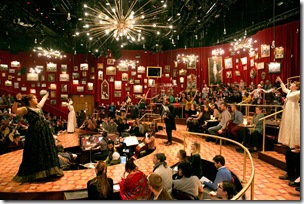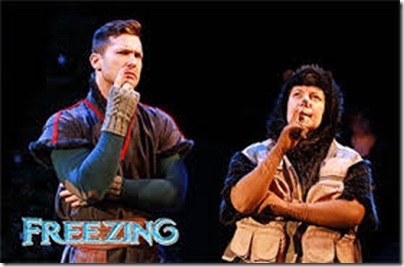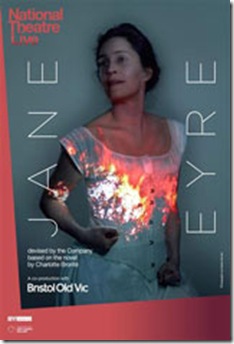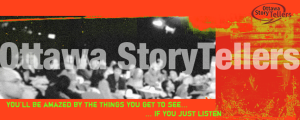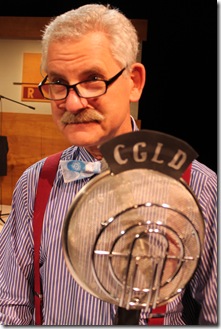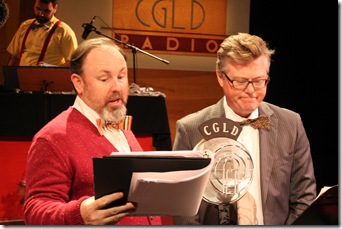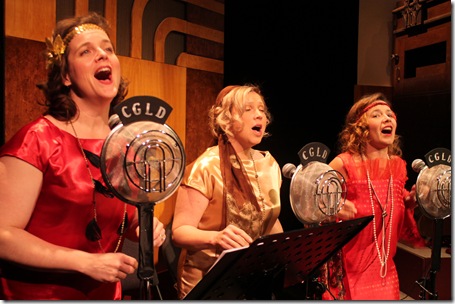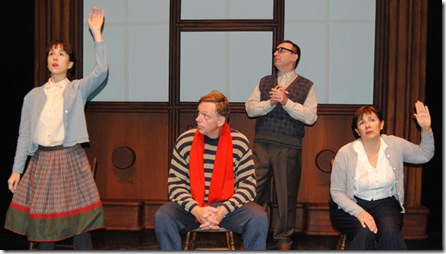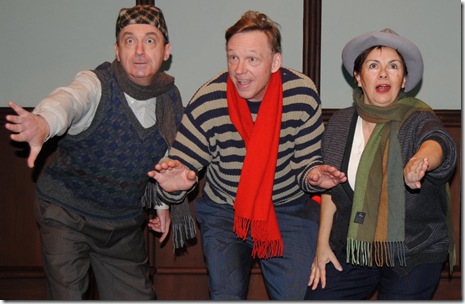Natasha, Pierre, and the Great Comet of 1812 Light up the Theatre.
Photos: Evgenia Eliseeva/American Repertory Theater
Mimi Lien’s extraordinary set for Natasha, Pierre, and the Great Comet of 1812 plays a vital role in the success of this beautiful production. Cambridge’s Loeb Drama Center remade its playing area expanding the idea of theatre in the round into immersive theatre where performers mingle with the audience. This musical piece is set in a cabaret where every audience member is a guest. A minority of the public sits at tables in front of, to the side of, behind, and on the stage, sometimes joined by actors playing a scene. The predominant playing area has several levels. For most of the show Pierre, at times with musicians, at others alone, is in a prominent sunken circular space where he plays the piano, sings, and berates himself. A similar space holds a group of audience members. The larger public shares the theatre proper with performers, particularly the ensemble who at times race up and down the stairs, while singing and playing instruments, and stopping to perform, especially dance, on specially built platforms.
